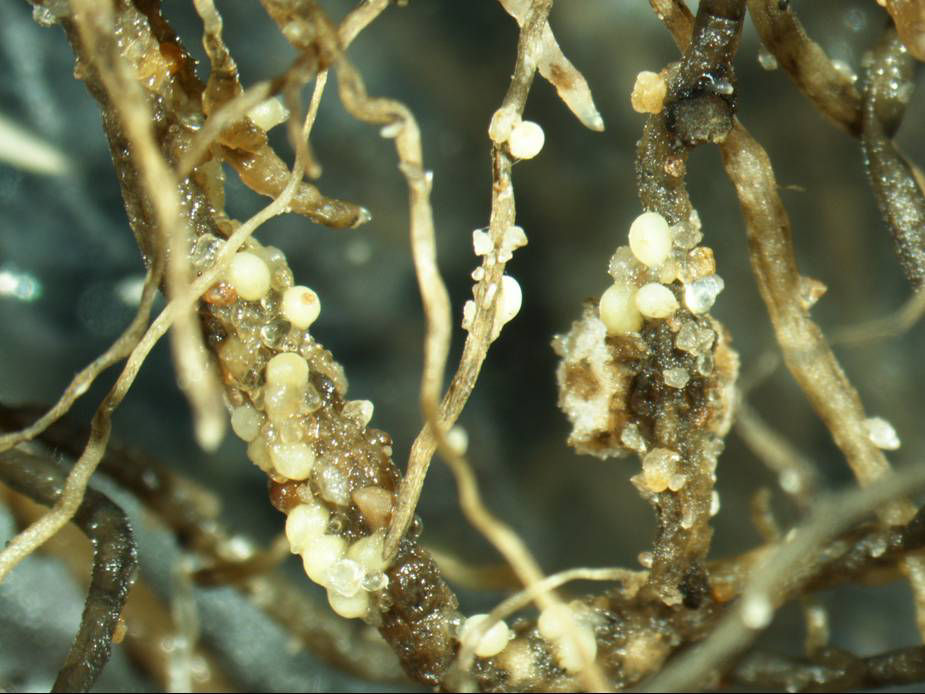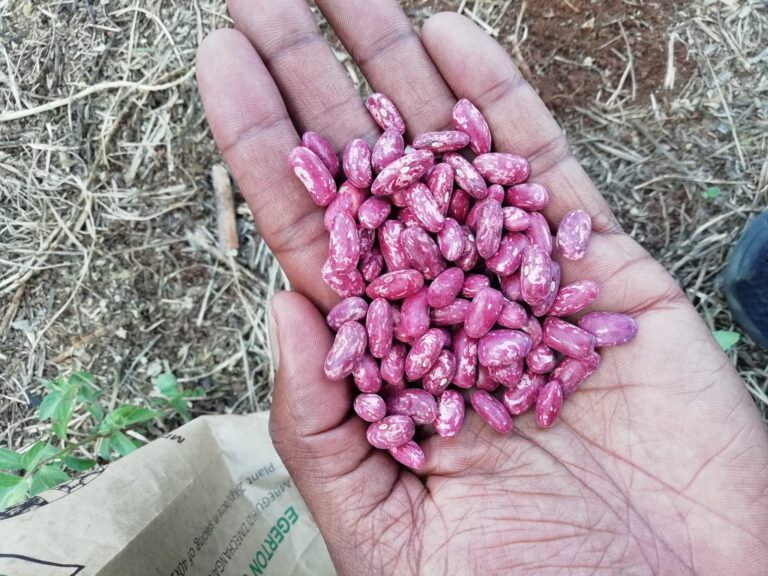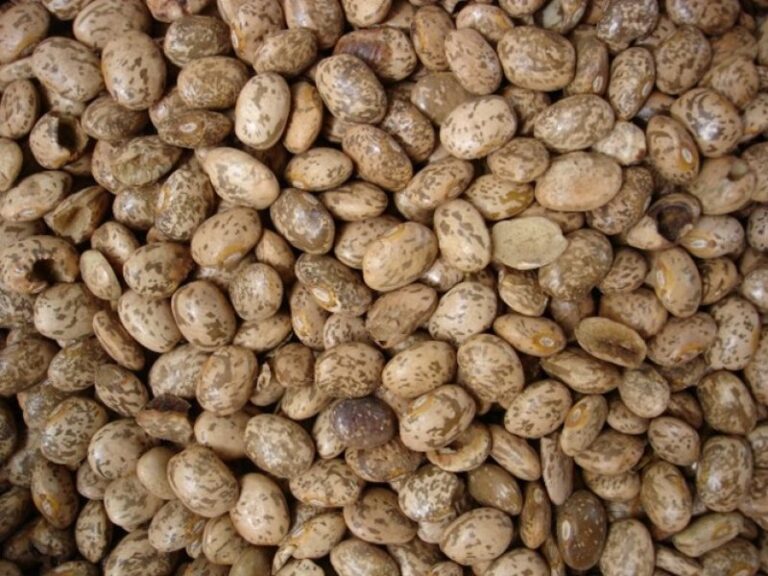Managing Soybean Cyst Nematode for Higher Yields; Essential Guide
How can farmers control soybean cyst nematodes? Farmers can control soybean cyst nematodes by planting resistant soybean varieties, practicing crop rotation with non-host plants, using cover crops to suppress nematode populations, improving soil health with organic amendments, and employing nematicides judiciously. This integrated approach helps minimize yield losses and sustain soybean production.
Soybean cyst nematode (SCN), Heterodera glycines, devastates soybean crops worldwide by impairing root function and reducing yields. Understanding its life cycle and implementing proactive management strategies are crucial for mitigating its impact.
Effectively managing soybean cyst nematodes (SCN) involves using resistant varieties, practicing crop rotation, and implementing integrated pest management strategies to minimize yield losses and ensure sustainable soybean production.
What is Soybean Cyst Nematode?
The soybean cyst nematode (SCN), Heterodera glycines, is a microscopic roundworm that infects soybean roots. SCN is one of the most damaging pests of soybean crops globally, causing significant yield losses.
These nematodes invade soybean roots, where they establish feeding sites, disrupt nutrient uptake, and lead to stunted plant growth.
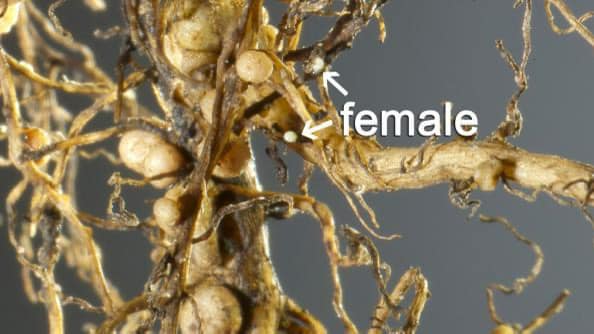
Soybean Cyst Nematode Disease
SCN causes soybean cyst nematode disease, characterized by the formation of small, white to yellow cysts on soybean roots. These cysts contain eggs that hatch into juvenile nematodes, continuing the infection cycle.
The disease severely impacts soybean yield by reducing the plant’s ability to absorb water and nutrients, leading to poor growth and lower productivity.
Soybean Cyst Nematode Life Cycle
The soybean cyst nematode (SCN) is an economically important pest in soybean production. Its life cycle consists of four stages: egg, larva, adult, and male.
Female SCN worms release eggs in the soil, which hatch into larvae. The larvae feed on soybean roots, causing damage and yield loss.
As they mature, they become adults and males, producing new eggs to continue the cycle. The SCN life cycle typically takes 30-60 days, with multiple generations possible in a single growing season.
The life cycle of SCN involves several stages, starting from eggs and progressing through juvenile stages to adults:
- Eggs: SCN eggs are deposited in the soil within cysts formed on soybean roots.
- Juvenile Stages (J2-J4): After hatching, second-stage juveniles (J2) infect soybean roots. They develop into third and fourth-stage juveniles (J3, J4) within the roots.
- Adults: Female nematodes mature, swell, and form cysts filled with eggs. Males remain vermiform and leave the roots after mating.
The life cycle can be completed in 24 to 30 days under favorable conditions, leading to multiple generations per growing season.
Soybean Cyst Nematode Damage
SCN causes extensive damage to soybean crops, leading to substantial yield losses:
- Root Damage: SCN infection disrupts root development, causing poor root structure and function.
- Nutrient Deficiency: Infected plants struggle to uptake essential nutrients, leading to deficiencies and stunted growth.
- Yield Reduction: Severe infestations can reduce soybean yields by up to 30% or more, depending on the infestation level and environmental conditions.
Symptoms and Signs of Soybean Cyst Nematode
Recognizing SCN infestation is crucial for timely management. Symptoms and signs include:
- Stunted Growth: Infected plants exhibit poor growth and reduced height compared to healthy plants.
- Yellowing Leaves: Nutrient deficiency leads to yellowing or chlorosis of leaves.
- Cyst Formation: The most definitive sign is the presence of small, white to yellow cysts on the roots, visible to the naked eye or under a magnifying glass.
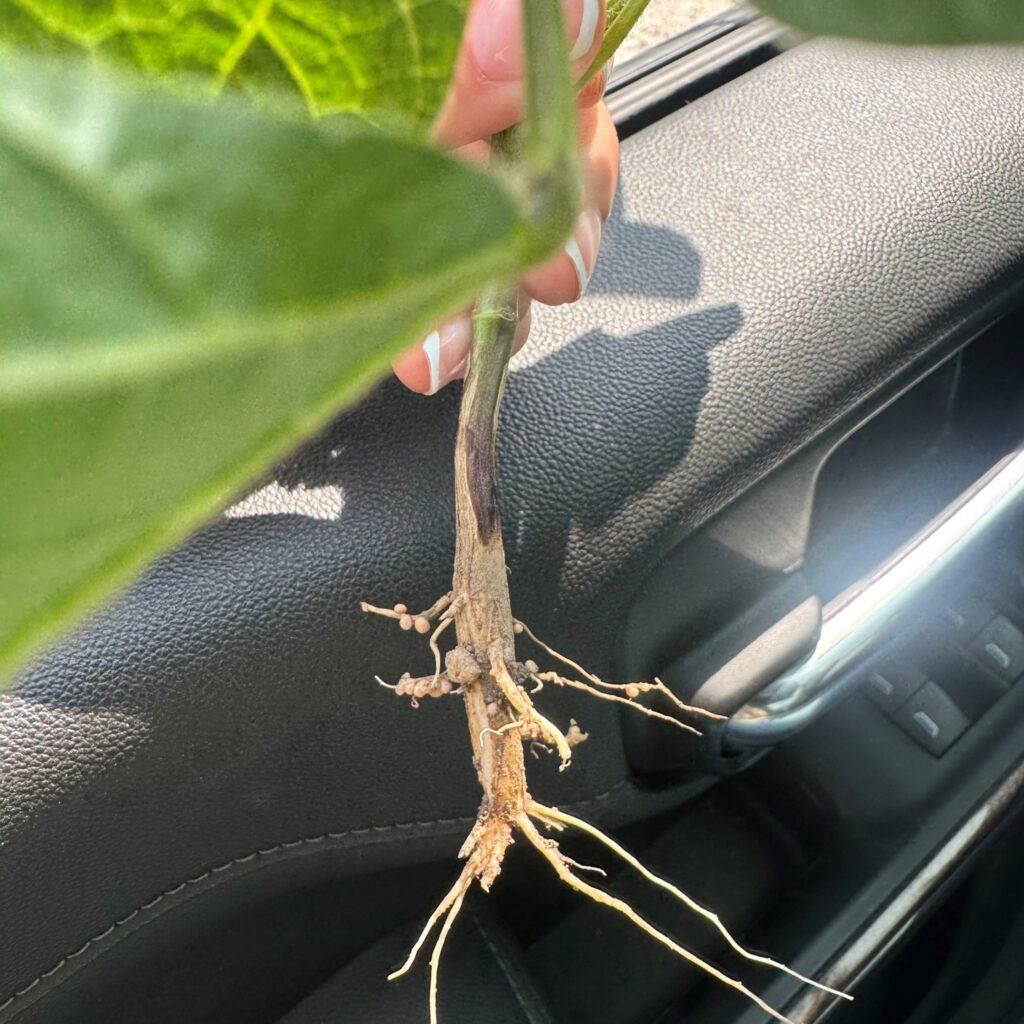
Soybean Cyst Nematode Seed Treatment
Seed treatments can help manage SCN by protecting young plants from early infection. These treatments include:
- Nematicides: Chemical treatments that kill or suppress nematodes in the soil.
- Biological Agents: Products containing beneficial microbes that antagonize SCN.
- Resistant Seed Varieties: Using SCN-resistant soybean varieties helps reduce nematode populations and limit crop damage.
Soybean Cyst Nematode Threshold
Understanding the threshold levels of SCN is essential for effective management:
- Low Infestation: 1-500 eggs per 100 cc of soil – Minimal impact, but monitoring is recommended.
- Moderate Infestation: 500-5,000 eggs per 100 cc of soil – Yield reduction is likely; management practices should be implemented.
- High Infestation: Over 5,000 eggs per 100 cc of soil – Significant yield losses expected; aggressive management required.
Soybean Cyst Nematode Resistance & Control
Effective control of SCN involves an integrated approach:
Resistant Varieties: Planting SCN-resistant soybean varieties is one of the most effective control strategies. These varieties are bred to reduce nematode reproduction and limit damage.
Crop Rotation: Rotating soybeans with non-host crops (e.g., corn, wheat) reduces SCN populations by starving the nematodes of their primary food source.
Cover Crops: Using cover crops such as rye or sorghum can suppress SCN populations and improve soil health.
Soil Amendments: Adding organic matter and soil conditioners can enhance soil structure and reduce SCN survival.
Chemical Control: Nematicides can be used as a part of an integrated pest management program, although they should be used judiciously to avoid environmental impact.
Table: Comparison of SCN Management Strategies
| Management Strategy | Description | Effectiveness | Considerations |
| Resistant Varieties | Planting SCN-resistant soybeans | High | Rotate varieties to prevent resistance |
| Crop Rotation | Alternating soybeans with non-host crops | Moderate to High | Requires careful planning |
| Cover Crops | Using non-host cover crops to suppress SCN | Moderate | May need additional soil management |
| Soil Amendments | Improving soil health with organic matter | Moderate | Long-term soil health benefits |
| Chemical Control | Applying nematicides to control nematode populations | Variable | Environmental and cost considerations |
Soybean cyst nematode is a pervasive pest that poses a significant threat to soybean production.
Understanding its life cycle, symptoms, and effective management strategies is essential for maintaining healthy crops and optimizing yields.
By combining resistant varieties, crop rotation, cover crops, soil amendments, and judicious chemical use, farmers can effectively control SCN and promote sustainable soybean farming.
